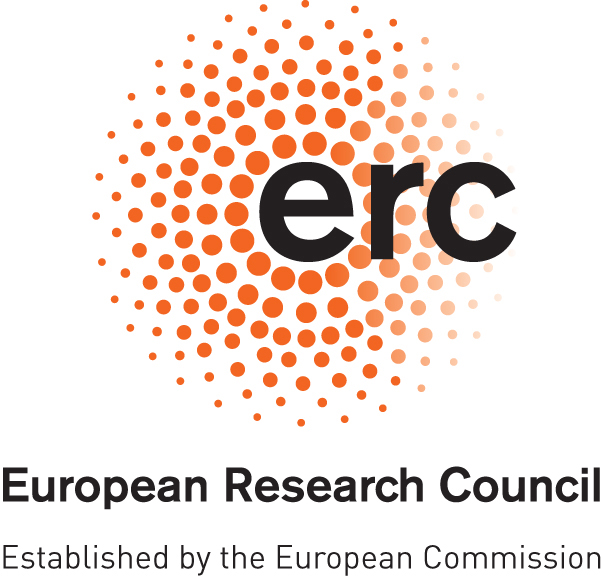
Computing


Computer Graphics Forum (Eurographics 2023)
Embroidery is a long-standing and high-quality approach to making logos and images on textiles. Nowadays, it can also be performed via automated machines that weave threads with high spatial accuracy. A characteristic feature of the appearance of the threads is a high degree of anisotropy. The anisotropic behavior is caused by depositing thin but long strings of thread. As a result, the stitched patterns convey both color and direction. Artists leverage this anisotropic behavior to enhance pure color images with textures, illusions of motion, or depth cues. However, designing colorful embroidery patterns with prescribed directionality is a challenging task, one usually requiring an expert designer. In this work, we propose an interactive algorithm that generates machine-fabricable embroidery patterns from multi-chromatic images equipped with user-specified directionality fields. We cast the problem of finding a stitching pattern into vector theory. To find a suitable stitching pattern, we extract sources and sinks from the divergence field of the vector field extracted from the input and use them to trace streamlines. We further optimize the streamlines to guarantee a smooth and connected stitching pattern. The generated patterns approximate the color distribution constrained by the directionality field. To allow for further artistic control, the trade-off between color match and directionality match can be interactively explored via an intuitive slider. We showcase our approach by fabricating several embroidery paths.
@article{zhenyuan2023embroidery,
journal = {Computer Graphics Forum},
title = {Directionality-Aware Design of Embroidery Patterns},
author = {Zhenyuan, Liu and Piovar\v{c}i, Michal and Hafner, Christian and Charrondi\`{e}re, Rapha\"{e}l and Bickel, Bernd},
year = {2023},
volume = {42},
number = {2},
publisher = {The Eurographics Association and John Wiley & Sons Ltd.},
}
This work was supported by the European Research Council (ERC) under the European Union’s Horizon 2020 research and innovation programme (grant agreement No 715767 – MATERIALIZABLE), and FWF Lise Meitner (Grant M 3319). We thank the anonymous reviewers for their insightful feedback; Solal Pirelli, Shardul Chiplunkar, and Paola Mejia for proofreading; everyone in the visual computing group at ISTA for inspiring lunch and coffee breaks; Thibault Tricard for help producing the results of Phasor Noise.


